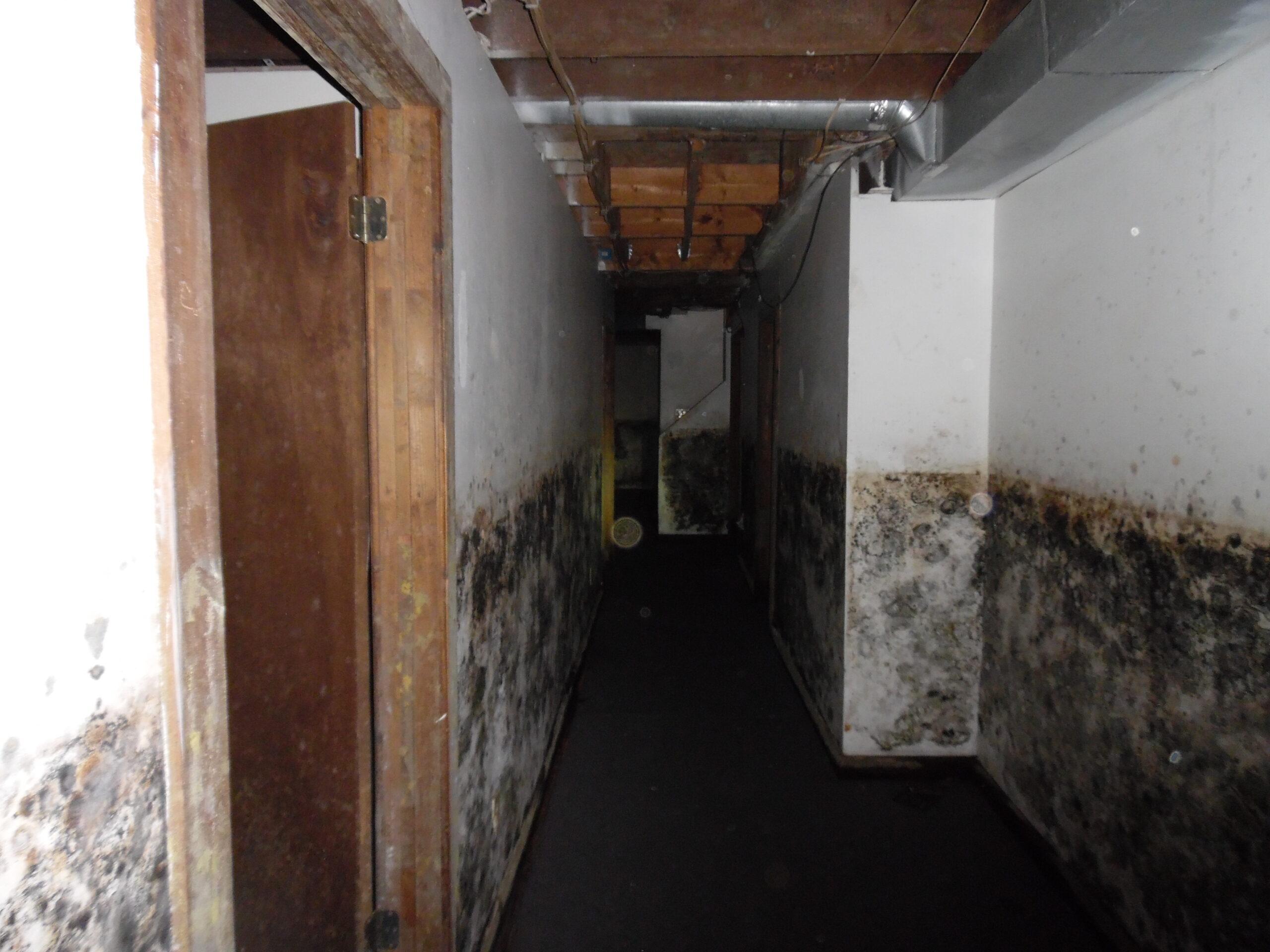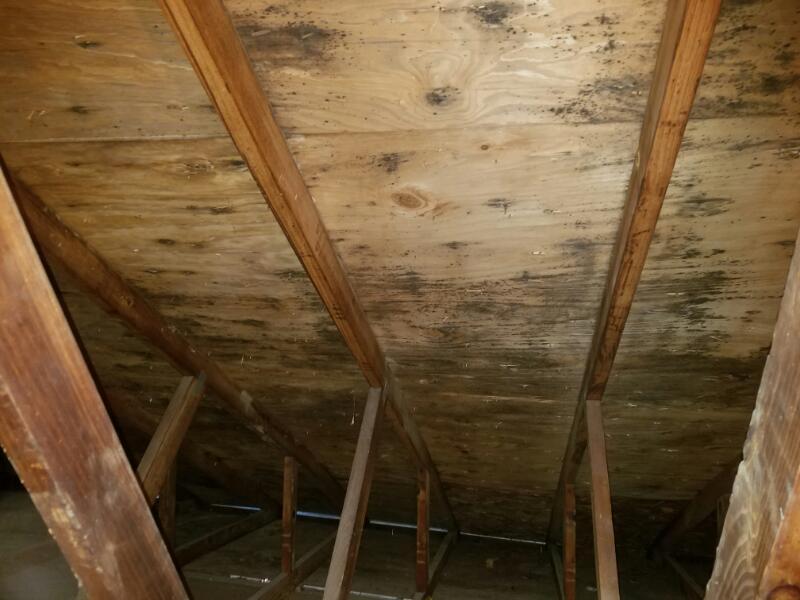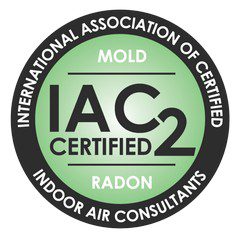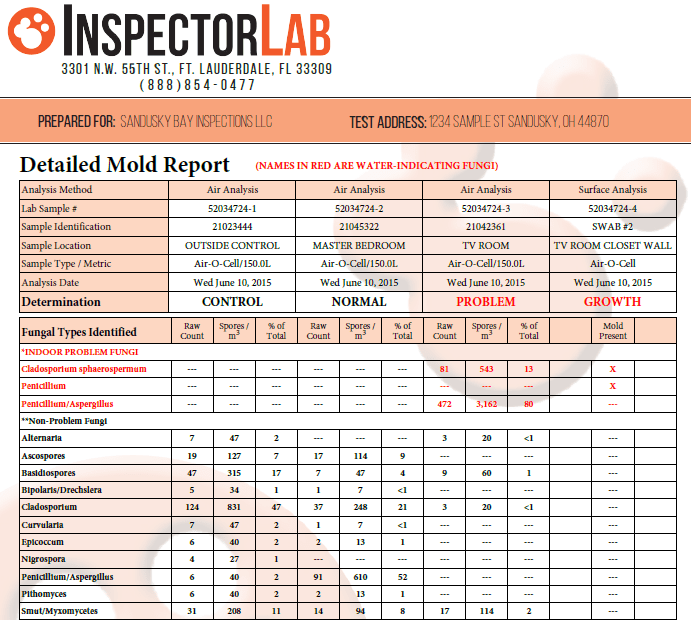Menu
Close
- Home
- Residential
- Home Inspections
- Condo Inspections
- Mobile Home Inspections
- Home Seller Inspections
- Kelleys Island Transient Rental Inspections
- New Home Construction Inspections
- Drone Inspections
- Inspections After Closing
- Pre-Divorce Inspections
- Draw Inspections
- Wood Destroying Insect Inspections
- Deficient Workmanship Inspections
- Commercial
- Radon Mitigation
- Environmental Testing
- About Us
- Home
- Residential
- Home Inspections
- Condo Inspections
- Mobile Home Inspections
- Home Seller Inspections
- Kelleys Island Transient Rental Inspections
- New Home Construction Inspections
- Drone Inspections
- Inspections After Closing
- Pre-Divorce Inspections
- Draw Inspections
- Wood Destroying Insect Inspections
- Deficient Workmanship Inspections
- Commercial
- Radon Mitigation
- Environmental Testing
- About Us




